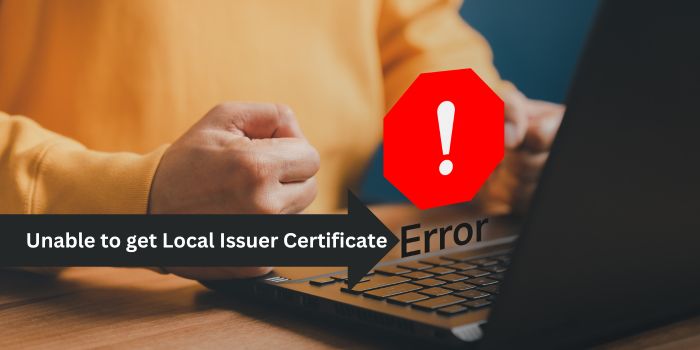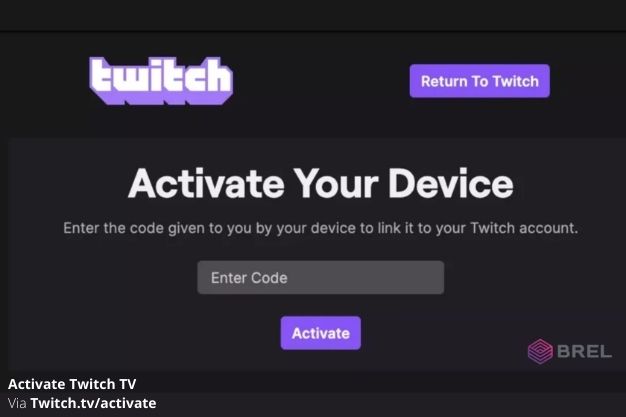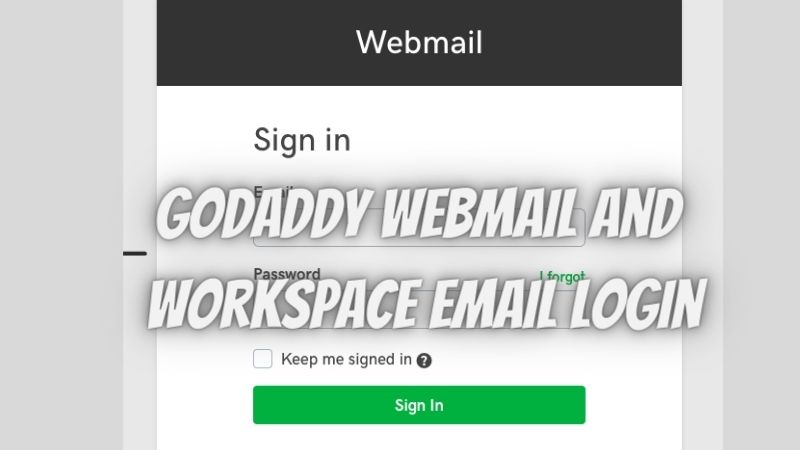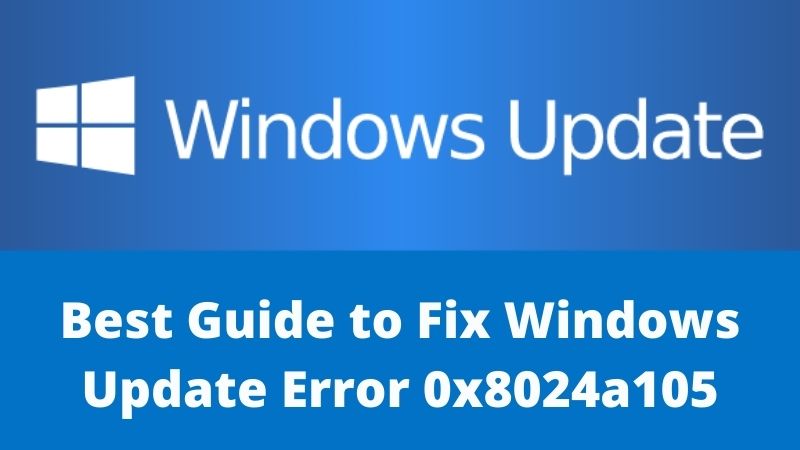Struggling with the “Unable to get Local Issuer Certificate” errors? This in-intensity guide explores causes, analysis, and powerful answers, helping you restore the trouble and repair solid online connections.
The digital global prospers on consistent connections, and a Secure Sockets Layer (SSL) certificate plays a vital position in making them nice approximately the individual or device. However, encountering the “Unable to get Local Issuer Certificate” error dialogue can disrupt your virtual online experience and can also become regarding. This shape of mistakes message shows problems with verifying the internet site’s SSL certificates, principal to connection disruption, and protection warnings.
This whole manual takes you into the depths of the “Unable to get Issuer Certificate” errors. Here, we explore the numerous reasons, provide accurate diagnostic strategies, and offer solutions to help you troubleshoot and remedy the trouble efficaciously. After knowing the important problem and imposing a suitable solution, you can regain seamless online connections and may advantage of proper admission to the direction to connection and make certain dependable communication.
What is the “Unable to get Local Issuer Certificate” Error?
This error arises when your system, whether or not surfing an internet site or going for walks an application, tries to confirm the legitimacy of virtual certificates but can not locate the issuing certificate (the certificate of the entity that licensed the preliminary certificate) in its depended on keep. Think of it as being not able to trace the beginning of a document without a whole chain of signatures.
Read here: NET::ERR_CERT_REVOKED Error in Chrome, Mac, Windows, and IE
What Causes this Error?
Several factors can lead to this error:
Missing Issuer Certificate:
The company certificate is probably absent from your device’s trusted shop. This can appear if it’s a brand new or self-signed certificate, or if a replacement wiped it out.
Outdated Certificate Stores:
Your trusted shops might be outdated, missing more recent certificates utilized by certain websites or programs.
Corrupted Certificates:
Corruption inside the certificate chain also can smash the verification manner.
Firewall or Antivirus Interference:
In a few instances, overzealous firewalls or antivirus software programs can block access to certificates or interfere with verification steps.
Software Issues:
Glitches or insects in the software program trying to affirm the certificate also can trigger the error.
How does it Look in Different Browsers?
The specific wording might vary slightly across browsers, but the core message remains the same:
- Chrome: “NET::ERR_CERT_AUTHORITY_INVALID”
- Firefox: “SSL Handshake Failed – The certificate chain is not trusted”
- Safari: “The website’s security certificate is not trusted”
- Edge: “There was a problem loading this page. Could not verify the server’s identity”
How to Fix the “Unable to get Local Issuer Certificate” Error:
The solution depends on the specific cause:
Install the Issuer Certificate:
If the issuer is a well-known authority, download and install its certificate manually.
Update Certificate Stores:
Update your operating system and relevant software to ensure their certificate stores are up-to-date.
Check Certificates:
Verify the downloaded certificates for corruption and make certain they follow appropriate protection standards.
Review Firewall and Antivirus:
Temporarily disable firewalls or antivirus software to peer if they’re interfering.
Reinstall Software:
In rare instances, reinstalling the affected software might resolve the difficulty.
Seek Expert Help:
If none of the above solutions paint, consulting a tech expert or contacting the software program’s support team is probably vital.
Find here: Port 80 (HTTP) vs. Port 443 (HTTPS): What’s the Difference?
Causes to quit you up to this form of error:
Several elements can contribute to the “Unable to get Issuer Certificate” blunders. Here, we discuss the maximum commonplace reasons and their respective signs and symptoms to help you identify the foundation of the trouble:
Missing Certificate Chain:
- Symptoms:
The blunders message explicitly mentions a lacking certificate with a regular errors dialogue box.
- Diagnostic Steps:
✓Utilise your browser’s developer equipment to get admission to unique information about the lacking certificates.
✓Compare the website’s furnished certificate chain with the relied-on certificate in your device’s CA package deal.
✓Leverage online tools like “SSL Checker” to analyze the website’s certificate and pinpoint the missing certificate.
Outdated Certificate Authority Bundle:
- Symptoms:
While the error message might not directly mention an outdated CA bundle, it may occur with multiple websites using recent certificates. This can be the root cause of error.
- Diagnostic Steps:
✓Examine your machine’s documentation for instructions on updating the CA package.
✓Compare your cutting-edge CA bundle version with the modern-day to-be-had model.
✓Utilise online equipment that examines your CA package deals with the modern-day model and perceives any discrepancies.
Incorrect System Configurations:
- Symptoms:
The blunder message might appear along with other relevant mistakes or warnings in the application or device logs.
- Diagnostic Steps:
✓Review your gadget’s protection settings associated with certificate validation and ensure their proper configuration.
✓Check your firewall rules for any restrictions impacting connections related to specific certificates or ports.
✓Consult the application’s documentation or support forum for information on specific configuration requirements.
Self-Signed Certificates:
- Symptoms:
The browser displays a warning about the self-signed certificate before displaying the SSL certificate problem “Unable to get Local Issuer Certificate” error message repetitively.
- Diagnostic Steps:
✓Check the website’s certificate details to verify if it’s self-signed.
✓Search for information about the issuing CA on the website.
✓Take the help of online tools like “Certificate Viewer” to examine the certificate details and verify its self-signed nature.
Here’s the method to achieve the desired results:
- First, export the self-signed certificates out of your browser.
- Now, import the exported certificates into your devices depending on the certificate area.
- Then, take transport of the safety warnings and affirm the addition of the self-signed certificate.
- Finally, restart your browser and alert to apply the changes.
Conclusion: Reclaiming Secure Online Access
The “Unable to get Local Issuer Certificate” errors can disrupt your online revel in and raise security issues. This manual has delved into the diverse reasons, diagnostic methods, and powerful solutions that will help you troubleshoot and resolve the difficulty successfully. By knowing the foundation of the hassle and imposing the correct solution, you may regain the seamless right of entry to online sources and make sure of a secure communique.
Related post: FIX “DirectX Encountered an Unrecoverable Error” in Windows!
FAQs:
Que: What are the risks of ignoring this error?
Ans: Ignoring this error can leave you vulnerable to security risks. When the certificate chain is broken, your connection is not properly encrypted, putting your data at risk of interception and eavesdropping. Attackers could potentially steal sensitive information like passwords or credit card details.
Que: Is it safe to install any issuer certificate to fix the error?
Ans: No, it is not safe to install any issuer certificate. Only install certificates from trusted sources like well-known certificate authorities. Installing unknown certificates could further compromise your security.
Que: What is the “Unable to get Local Issuer Certificate” error?
Ans: This error message pops up when your system can’t verify the website’s security credentials (think of it like a digital handshake gone wrong!). It means your connection to the website isn’t secure, and you might not be able to access it.
Que: Why does this error happen?
Ans: There are a few culprits! Imagine the website’s security as a chain of trust. If any part of this chain is missing or broken, you get the error. Common reasons include:
- Missing certificate piece:
Like a missing link in the chain, the website might lack a crucial certificate.
- Outdated trust list:
Your system might rely on an old list of approved certificates, not recognizing a newer one issued by a trusted source.
- Self-made certificates:
Some websites use their security certificates, which your system might not trust by default.
- System settings mix-up:
Your computer settings related to verifying certificates might be off, and confusing.
- Browser hiccups:
Outdated browsers or cached data can sometimes get in the way of smooth certificate verification.
Que: Is this error dangerous?
Ans: While the error itself isn’t harmful, it indicates an insecure connection. This means your data might be vulnerable to online threats like hackers or eavesdroppers. Think of it like a red flag on a pirate ship – best to stay away!
Que: What if I tried everything and the error persists?
Ans: Don’t despair! You can always:
- Seek help:
Reach out to the website administrator or technical sources for additional help. Think of them as pleasant wizards who will let you navigate the digital global.
- Use online gear:
Check online assets and forums committed to troubleshooting SSL certificate errors. Think of it as joining a membership of tech detectives solving mysteries!
Que: How can I avoid this error in the future?
Ans: By being proactive! Here are some recommendations:
- Regular updates:
Keep your gadget, browser, and CA package updated with the modern-day variations. Think of it like giving your digital guard a clean coat of paint.
- Verify certificates:
Before entering any website, take a look at their security credentials. Imagine double-checking a lock earlier than entering a house.
- HTTPS usually:
Whenever viable, use websites with steady connections (HTTPS). Think of it like selecting a properly-lit direction to keep away from any bumps in the street.*




